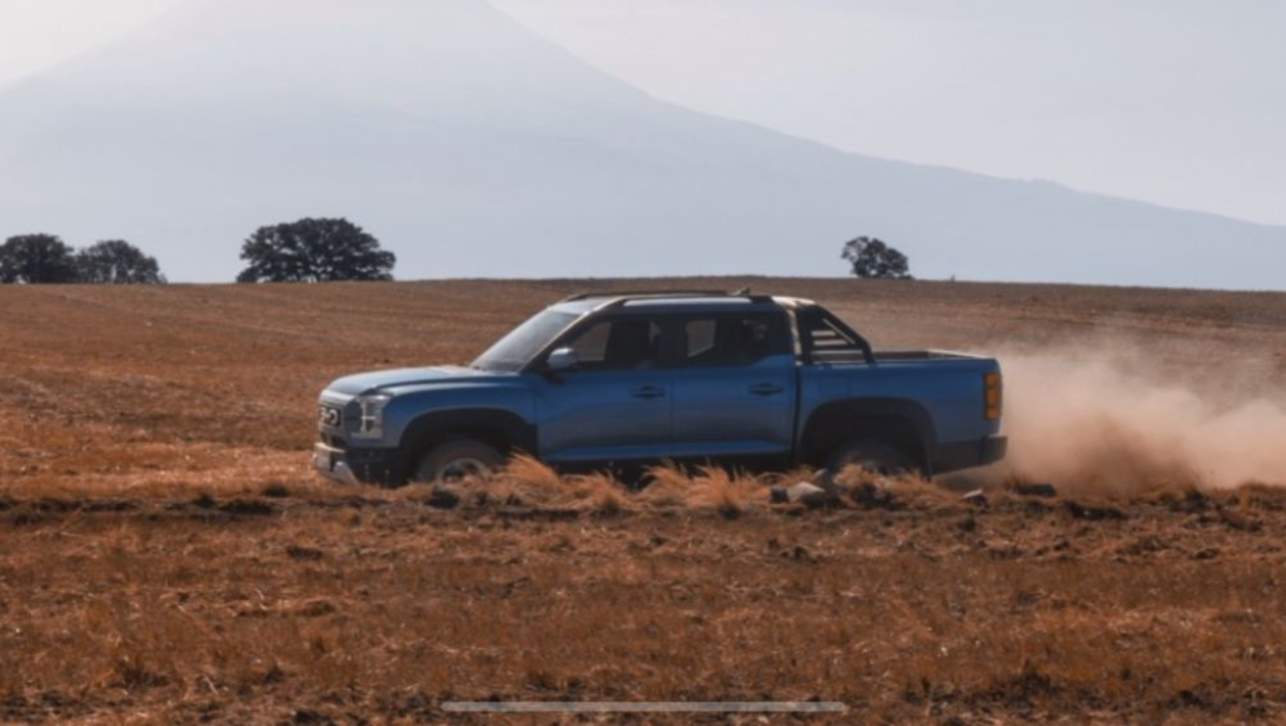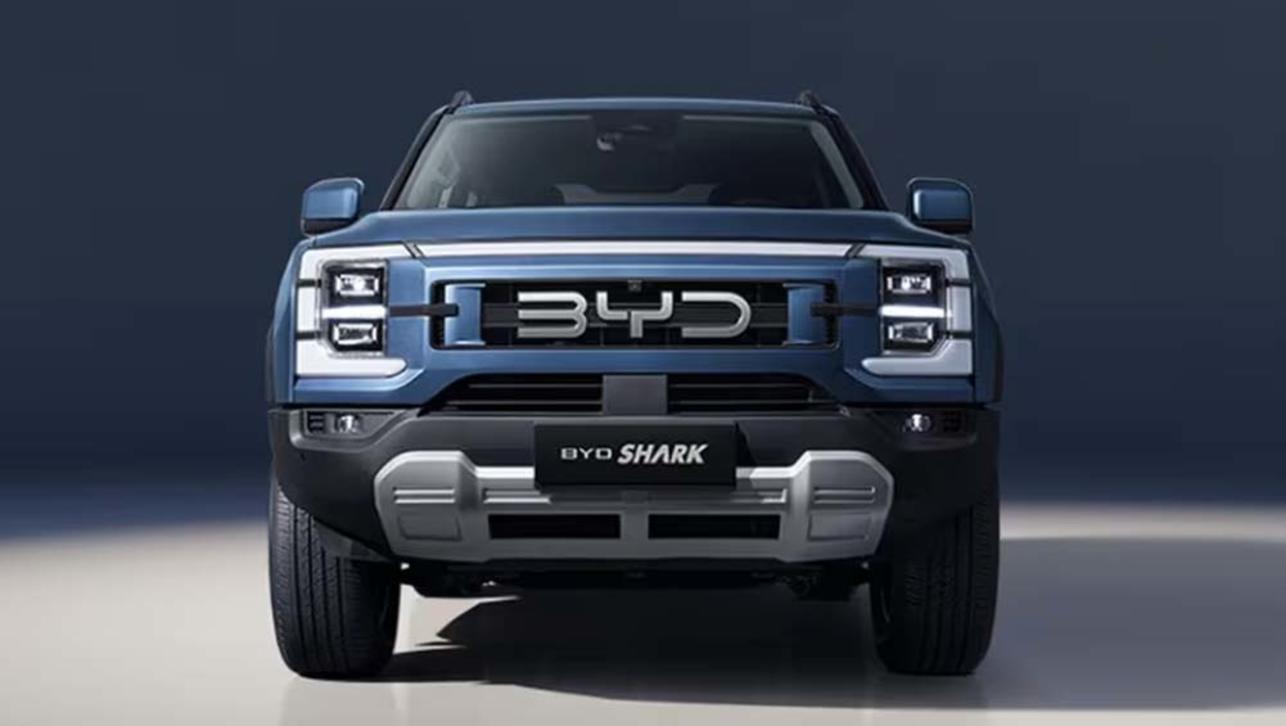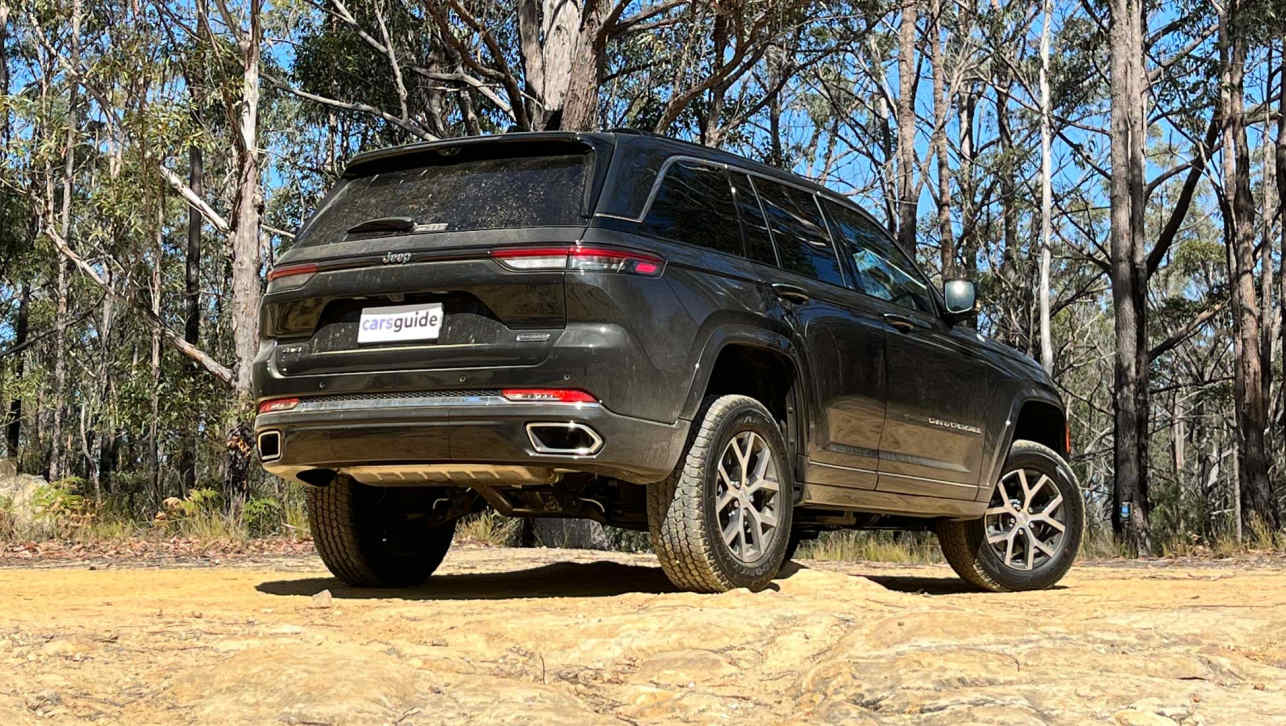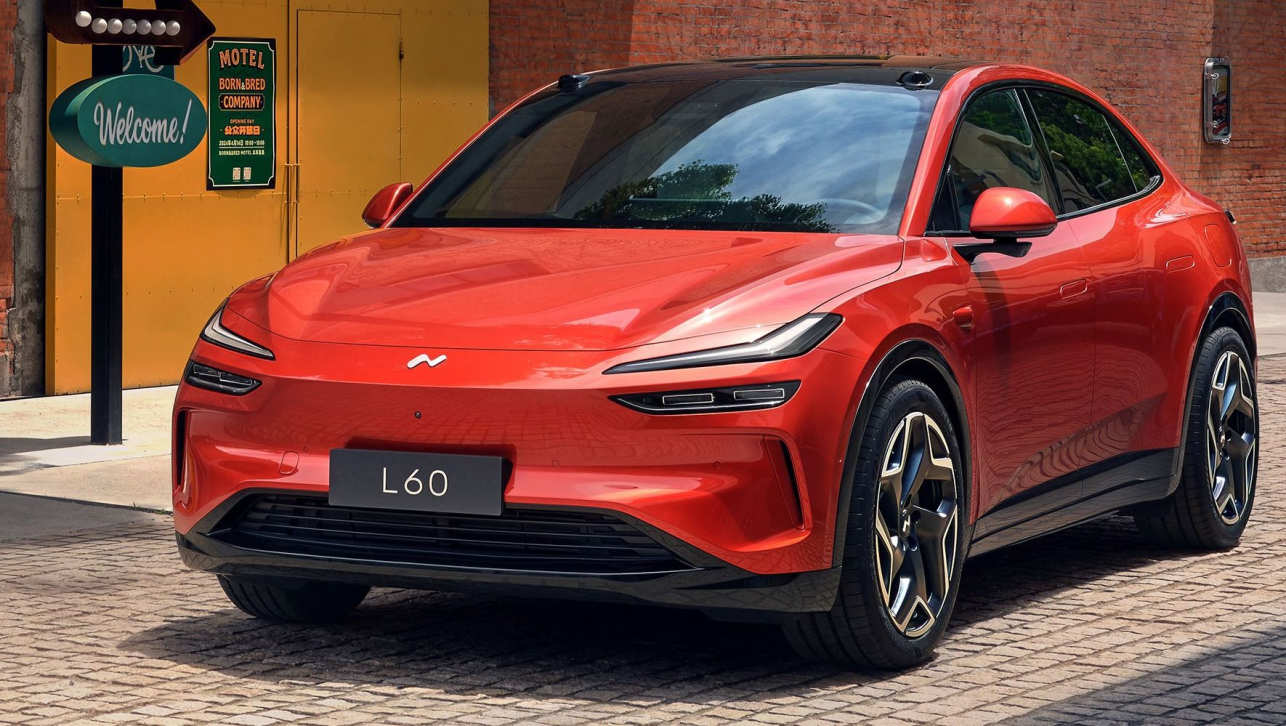You know how in some circles one should ‘never mention the war’, well, it’s said that mentioning ‘Amati’ and, by association, ‘Eunos’ at Mazda HQ in Japan is strongly discouraged.
On the eve of the Australian release of the Hiroshima brand’s premium tilt next year with the CX-60 mid-sized SUV, it’s worth remembering that Mazda Australia was attempting to achieve much of the same result exactly 30 years ago with Eunos, taking on the German luxury market hegemony from late 1992 to 1996.
Let’s make one thing clear first, however: Mazda isn’t going to replace the ‘affordable’ CX-5 for the time being, even with other premium offerings like the CX-80 and flagship CX-90, but instead evolve the model that saved it from ruin in 2012, to help keep its sales volumes higher.
After all, if nothing else, the company has at least learned from its often-turbulent history.
Spoiler alert: not only did Eunos fail here, Mazda’s entire premium/luxury push (including its even grander Amati range specifically for America) almost ruined the marque, ultimately sending it into a waiting Ford’s controlling arms for a dozen years by mid-1996, whereby the American overlords swiftly reset the focus firmly into the mainstream arena (and actually did a great job of it).
In 2022, we understand why the now-independent Mazda is moving upmarket.
.jpg)
It’s been social-climbing for a number of years now, specifically since the 2017 launch of the reskinned KF CX-5 and then the existing 3/Axela, on the back of an advanced technology ethos familiar – pun intended – to the brand. Mazda has slowly but surely conditioned consumers to get used to the idea, particularly in Australia, positioned relatively securely in second place overall, though well-behind sales juggernaut Toyota.
And, obviously, inflation and the world’s COVID-related upheavals have conveniently helped push that agenda along nicely.
But has a corporate amnesia start creeping in as well? Does Mazda need reminding? Do we need to talk about Eunos and Amati?
Eunos
It’s worth remembering the state of the world back in the mid-to-late 1980s was somehow simultaneously the same and different compared to today. A global economic superpower, Japan was on the up and up, with every one of its major carmakers enjoying unprecedented export success. There seemed to be the haves and have-nots, with a two-speed economy making the rich richer and poor poorer.
Honda figures prominently in this story with its pioneering and influential Acura luxury brand, an extremely bold move upmarket when it launched in North America back in 1986 with the Legend luxury sedan co-developed with then-partner (and the now-defunct) Rover. Toyota and Nissan followed three years later with Lexus and Infiniti respectively, and Mazda longed for a piece of that pie too.
A portmanteau of the ancient Greek word ‘Eu’ meaning good and the modern abbreviation for ‘numbers’ or ‘nos’ that together implied an abundance of goodness, Eunos was created in Japan as an upscale yet ‘fun’ sub-brand, scoring an early smash hit with the original NA MX-5/Miata-based Eunos Roadster of 1989.
.jpg)
Fun fact: as if to underscore the offbeat nature of Eunos, its dealers in Japan also distributed French marque Citroen during the early part of succeeding decade.
That early success gave Mazda the confidence to go global with Eunos as a standalone brand, starting with the Eunos 500 of 1992, a pretty and curvaceous take on the-then all-conquering BMW E36 3 Series as well as the Audi 80. European readers may know this model as the Xedos 6, just to confuse the matter.
In Australia, Malcolm Gough, Mazda’s firm yet charismatic MD of the time with a sensible head on his shoulders for economics, ensured that the Eunos gamble could be relatively contained. After all, during the early ‘90s, Mazda locally was only shifting around 25,000 and 30,000 units, in a market a little over half the size of today’s million-annual sales volumes.
Only 10 dealers were appointed nationally, with nine being existing Mazda outlets. A separate building within its South Melbourne HQ was erected, with a handful of existing employees retrained to serve the luxury brand.
.jpg)
Just the Eunos 500 and the Eunos 30X – the latter being a small three-door coupe about the size of the Honda Integra of the era – were released initially. Both were powered by small-capacity V6s, were front-wheel drive and were derived from existing Mazda models – namely the 626 and not-for-Australia MX-3 respectively.
In a market saturated with cashed-up premium players like Mercedes-Benz and BMW, sales were slow, barely cracking the four figures for the duration of the brand’s life in Australia.
Even the release of the big Eunos 800 and its vaunted Miller Cycle V6 engine tech option did little to spark joy in consumers, and by the end of 1996 the project was over, and the range was integrated into the mainstream Mazda range.
Only the Eunos 800 survived into the next decade, as the facelifted 2000 Mazda Millenia, but that struggled and was gone within a year.
.png)
It’s worth considering that, with a fuller range, Eunos might have worked.
In Japan, the Eunos 100 of 1989 proved to be a massive success (known in Australia as the BG 323 Astina), and is still revered to this day, especially as the famous Astina SP. And the Mazda Lantis, which became the slinky Astina hardtop and liftback in Australia from 1993 to 1998, found a willing audience locally as well.
Put another way, Eunos could have beaten the Audi A3 to market, but failed to capitalise on this intiative locally despite Japan already doing so.
Maybe, if Amati had also made it to launch in the USA as intended, it would have provided the extra volume to sustain Eunos in Australia.
.png)
Amati
It has been suggested that Amati is from the Latin saying “to love”, though it is also an anagram of Miata. Surely not a coincidence?
Anyway, it appears Amati was going to be the Eunos of North America and some other big-volume markets, supporting a range of mostly-bespoke vehicles that eventually became Mazdas as the 1990s progressed. But its timing could not be worse.
During this period, as the world was descending into a recession, Mazda was overstretching resources to breaking point. Take its fifth-generation (GE-series) Capella/626 of 1992; along with the Ford Telstar/TX5/Probe derivatives in sedan, coupe and fastback guises, there were narrow-bodied models to fit within Japan’s taxation laws, as well as restyled versions to serve five separate sub-brands within the brand’s network, not including the related Eunos 500/Xedos 6.
.png)
Buyers in Japan alone would have been flummoxed by the choices available, and similar duplication was happening with the 323/Familia small car and its scores of offshoots; all were dragging Mazda down financially.
In the middle of all this, Amati was announced in mid-1991 for a mid-1994 US launch, but shockingly was cancelled by October, 1992, due to a deepening financial crisis in Japan: the economic bubble had burst and Mazda – a comparative minnow in the industry – was in dire straits. Some of the models turned out to be Eunos'.
So, what was the Amati range going to look like?
Central to the line-up was the Amati 500. We know this vehicle, as it eventually became the Eunos 800/Mazda Millenia. Please don’t confuse it with the smaller Eunos 500; that was said to be the entry-level Amati 300.
.jpg)
However, there were two more models said to be in the Amati pipeline, and these were very interesting indeed.
The first was understood to be a V12-powered flagship known as the Amati 1000. Tragically, this was close to development completion and scheduled to also launch alongside the 1995 model-year Amati 500, to take on the Lexus LS.
It is rumoured that the 1000’s body is said to have been altered and repurposed as the Mazda HE 929/Sentia, released in Australia in 1996. That sold very poorly, and was also built in South Korea as the Kia Enterprise until 2002.
The fourth Amati is speculated to have been a V12 coupe flagship, and it’s been suggested that some of the work and learnings from this stillborn project informed what eventually became the now-rotary powered RX-8 grand-tourer four-door coupe in 2003. Whether that’s true or not, we may never know.
.jpg)
In the mid-1990s, a famous article appeared in UK Car magazine outlining the madness of Mazda, post-Amati and while the Eunos/Xedos models were struggling to gain traction anywhere. Ford’s injection of cash and guidance saved the brand, to the point where it broke away from the Blue Oval by 2010.
As a postscript, Mazda in France brought back the Eunos badge for a successful limited run of current-shape (ND) MX-5s in 2020, badged as the Eunos Roadster.
Maybe Mazda is doing the right thing marching upmarket after all. Let’s wait and see.



.jpg)








.png)

.jpg)





.jpg)




.jpg)
Comments